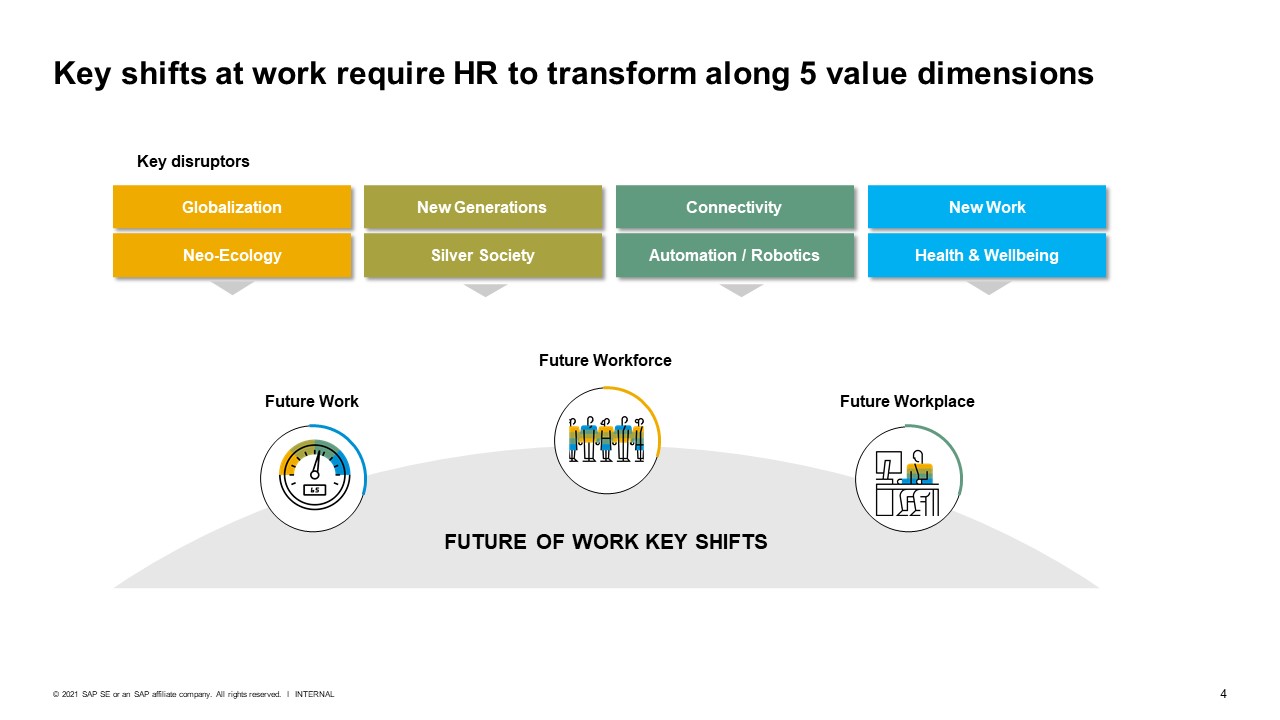
Numerous data science projects require statistical analyses. You need to be able and able to calculate central tendency, as well as present data in a clear and logical manner. You must conduct hypothesis tests on common data sets, as well as rigorous correlation and regression analysis. For your analysis to be successful, you need to be able understand R and Python. To learn more about data science statistics, you can refer to the tools in this article. However, a bachelor's level in statistics can be helpful if you're looking to become a data science scientist.
Inferential statistics
Inferential stats are statistical methods that make inferences from a population's characteristics. Data scientists may randomly choose 11th grade students from a particular region to collect SAT scores and other information. This analysis could be used in order to make assumptions about the overall population. A consultant in politics might gather voter information from a precinct, and project the number who will vote for a presidential nominee and their preferences for a referendum question.
Among the most common inferential statistics are the t-test and the ANOVA test. The statistical tests assume that the data are normally distributed and ranked. However, nonparametric tests do not require knowledge of the distribution of the data. For example, a test for nonparametric data may be used to test whether a certain condition is more likely to cause a certain response. It may not be possible to perform this type of analysis for a zoo animal behavior study.
Descriptive statistics
The purpose of descriptive statistics in data sciences can be described as studying the features of a dataset without going beyond the information in it. They manipulate dependent variables with independent variables. Categorical variables represent types of data that can be divided into groups; these can also be further classified as nominal, ordinal, or dichotomous. On the other hand, continuous variables can take any value and are therefore known as continuous variables.

When it comes to presenting quantitative data in an understandable way, descriptive statistics can be a good option. One example of descriptive stats is the grade point average. The grade point average (GPA) is an average of grades from various sources that reflects the overall performance of students. This type is used to analyze the performance of individuals in particular fields. The majority of descriptive statistics can be described as measures that measure central tendency, variability and dispersion.
Dimension reduction
The unwanted increase in the number of dimensions in a dataset is closely related to the fixation on measuring data at the granular level. Although this is not a new issue, it has gained in importance recently as more data are collected. An analyst can increase the quality of their machine learning models by reducing its number of dimensions. Here are some advantages of dimension reduction.
A variety of techniques can be used to reduce dimensionality. There are two types of dimensionality-reduction techniques: feature selection, and feature extraction. These methods are used for noise reduction and intermediate steps as well as the final step of data analysis. Dimension reduction can be used to find subsets in input variables. Dimensionality reduction strategies can be feature selection or feature extraction.
Regression analysis
Regression analysis can be used by companies to forecast the future and explain certain phenomena. Regression analysis can be used to help companies plan their resource allocations to maximize their profits. Regression analysis determines the relationship between dependent variables and independent variables. A single outlier can impact the results of an analysis. To avoid such problems, the data scientist should choose a statistical model that is appropriate.
Both logistic and linear regression are two of the most commonly used types. Both logistic and linear regression are good tools for data analysis, but their usage is different. There are many kinds of regressions. Each has its importance. Some are more useful than others. These are some of most common methods of regression. Let's take a look at some of these. Let's take a look at some of them.
Predictive modelling

Predictive modeling is a popular method in data science, which ingests massive amounts of data to predict a person's response to a treatment or prognosis. These data could include the patient's medical history and genetics as well as their environment. These models are able to treat individuals as individuals rather that groups and may use consumer data to predict their purchasing habits or preferences. Depending on the application, the predictive model may use different types of data than a credit card application.
Predictive modeling is useful in many aspects, but can be inaccurate when it comes accuracy. This is because some models can overlearn and become inaccurate. Overlearning happens when the algorithm is too dependent on data patterns and cannot predict with new data. Organizations should use holdout data to train predictive models. This data will aid in predicting the accuracy of the model.
FAQ
What should you look for in a cyber security course selection?
There are plenty of different types of cyber security courses available, ranging from short courses to full-time programs. Here are some things to consider when choosing the right one. Here are some things to think about:
-
Which certification level would you like? Some courses offer certificates upon successful completion, while others provide diplomas or degrees. While certificates can be more difficult to obtain, degrees and diplomas are generally more desirable.
-
How many weeks/months will you be able to finish the course? Courses usually last around 6-12 week, but some courses can take longer.
-
Do you prefer face-to-face interaction or distance learning? Face-to-face courses are great for getting to know other students, but they can be expensive. Distance learning allows students to learn at their own pace, and they can save money by not having to travel.
-
Are you looking for a career change or just a refresher? Career changers who already hold a job in another field may find that a short course is enough to refresh their knowledge and help them gain new skills. Some people may just need a refresher to prepare for a new job.
-
Is the course approved? Accreditation is a guarantee that the course you are taking is reliable and trustworthy. Accreditation guarantees that your money will not be wasted on courses that do not deliver the results you expected.
-
Do you offer internships or other placements as part of the course? Internships will allow you to use the information you have gained in class and gain practical experience working with IT professionals. Placements give you the chance to work alongside experienced cybersecurity professionals and gain valuable hands-on experience.
What course in IT is easiest to learn?
It is essential that you understand your technology. If you don’t understand why you want to learn technology, you will not be able to recall anything.
It will take you hours to search for tutorials online, and you won't understand them.
Real-life examples are the best way for you to learn. You can try out a project yourself if you are currently working on it. You might discover something you never knew about the software. Real-world experience is key here.
Google Wave is a prime example. It was originally developed by Google X. However, it wasn't released until they decided that it would be made public.
They understood the purpose and its utility immediately after seeing it. They also realized that they should use it immediately.
We wouldn't have tried Wave if we didn't know anything about it before then. We would have wasted our time looking for tutorials, rather than actually doing something.
You can use YouTube videos to learn how you can get started in your new career. You will feel motivated to learn more when you have already learned something.
What are the top IT certifications available?
The most common certification exams cover the following areas: CompTIA Network+ (CompTIA), Microsoft Certified Solutions Expert (MCSE), and Cisco Certified Network Associate (CCNA). Employers seek these certifications to be able to fill entry-level posts.
The CCNA certification is intended for people who want to learn to configure networks devices such as switches, routers, firewalls and switches. It covers topics such IP address, VLANs network protocols, wireless LANs, and IP addressing.
The MCSE exam focuses primarily on software engineering concepts. This includes Active Directory management and Windows Server 2008 and 2012 administration. Remote desktop tools are also used for troubleshooting.
Finally, the CompTIA Network+ certification tests candidates' knowledge of networking technologies used in both wired and wireless environments. Candidates must have the ability to manage and install networks. They can expect questions about TCP/IP basics, VPN optimization, wireless deployment and troubleshooting.
These certifications are offered by many companies, and you may be able to practice the skills in real life before taking the test.
With a Google IT certificate, can I get a job?
Applying for a position at the entry level is the most important thing. If you don’t, it might be best to just forget about it. It will be a waste of time to search for this information later.
Online applications are great, but it is important to also send them your resume and cover letters (if required) along any other supporting documents.
You should also submit these documents electronically rather than via snail mail. This makes it much easier for employers to keep track of everything they need from you.
It is better to ask any questions regarding the submissions you have submitted now, than after they are rejected. This will save you time and prevent you from spending valuable time chasing after the employer who sent you an e-mail asking why you haven’t responded. It is better to get the information you need immediately if something needs to be changed.
Which IT course would be best for beginners and why?
When choosing an online course, it is important to feel at ease.
A person who feels confident and at ease in a learning environment is more likely than others to succeed.
Make sure to choose an easy-to-use provider.
You expect them to have an excellent support team that will be available for you if there are any problems with your account.
Review comments from students are important. These reviews should give you all the information you need about the course.
Don't just rely on their ratings either - try to read some of the comments yourself to see how helpful the community is.
You don't need to pay for a course that doesn’t appear to be of benefit.
Statistics
- The IT occupation with the highest annual median salary is that of computer and information research scientists at $122,840, followed by computer network architects ($112,690), software developers ($107,510), information security analysts ($99,730), and database administrators ($93,750) (bls.gov).
- The global information technology industry was valued at $4.8 trillion in 2020 and is expected to reach $5.2 trillion in 2021 (comptia.org).
- Employment in computer and information technology occupations is projected to grow 11% from 2019 to 2029, much faster than the average for all occupations. These occupations are projected to add about 531,200 new jobs, with companies looking to fill their ranks with specialists in cloud computing, collating and management of business information, and cybersecurity (bls.gov).
- The global IoT market is expected to reach a value of USD 1,386.06 billion by 2026 from USD 761.4 billion in 2020 at a CAGR of 10.53% during the period 2021-2026 (globenewswire.com).
- The top five regions contributing to the growth of IT professionals are North America, Western Europe, APJ, MEA, and Central/Eastern Europe (cee.com).
- The number of IT certifications available on the job market is growing rapidly. According to an analysis conducted by CertifyIT, there were more than 2,000 different IT certifications available in 2017,
External Links
How To
What are the best ways to learn information technology skills?
No experience is necessary - you can simply take courses to learn the basics. Many people who wish to be techies don't know much. They just assume that they will learn it as they go. It's better not to learn everything at once, but instead start by learning as much as you can.
By doing this, you learn by doing and not reading. This way, you can focus on what is important to you and not waste your time worrying about irrelevant details.
You may be unable to complete your first course because you are getting too detailed. Don't worry about this. You can continue until you complete the course. After that, move on.
Another important thing to remember when learning is to practice. You need to keep practicing until you are proficient. If you spend hours perfecting a single part of a program you will find it difficult to concentrate on the rest. Test out other programs to determine which one is best for you.
Practice using software for real tasks. You should always use real-world examples is that these allow you to apply everything you're learning. These examples can help you understand what you are doing and why.
Finally, buy a good book or two if you can afford it. Many books will specifically be written for beginners.
It might be helpful for you to set goals if you are teaching yourself. Set small, achievable goals to motivate yourself. Once you reach your targets, you'll feel satisfied and proud.
Never forget that you can always learn new things. Keep trying and you will eventually succeed.